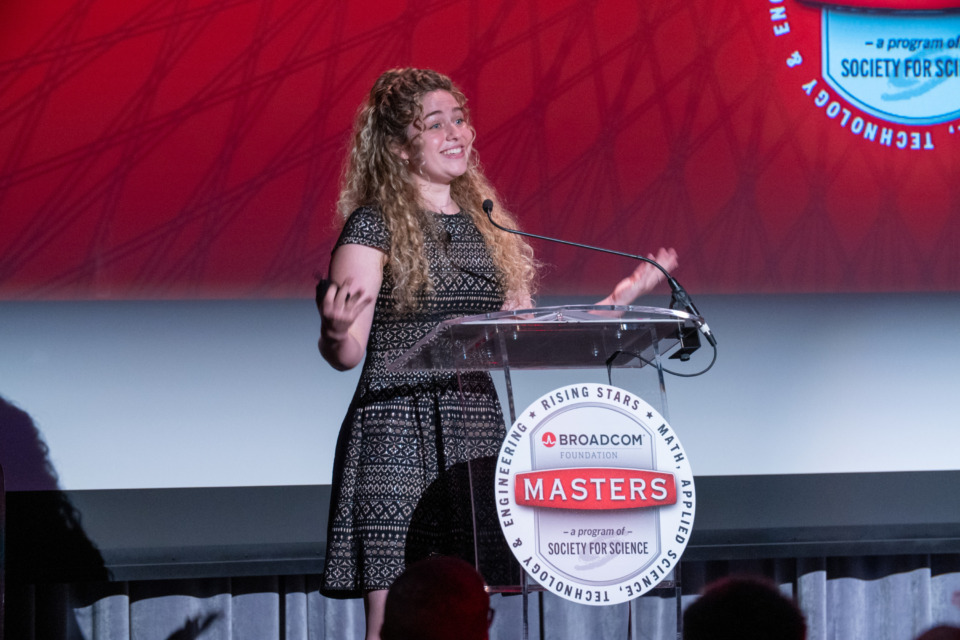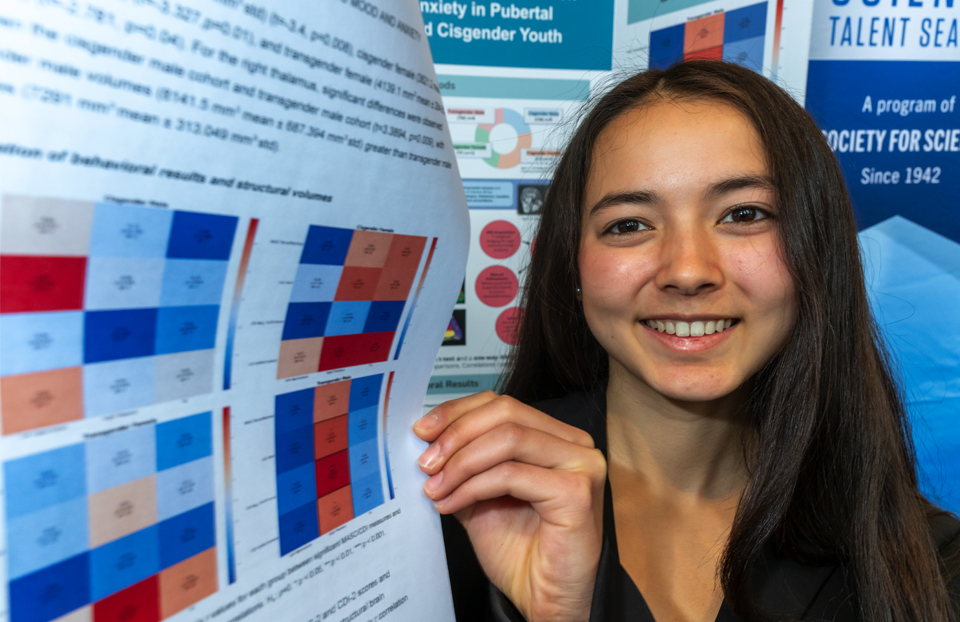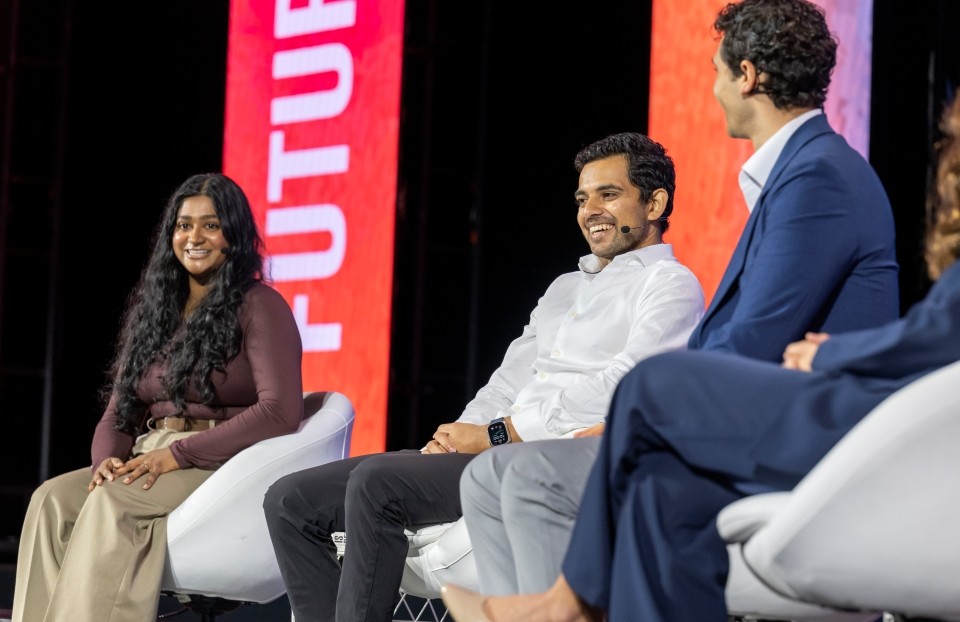Success in entrepreneurship and innovation starts with ISEF
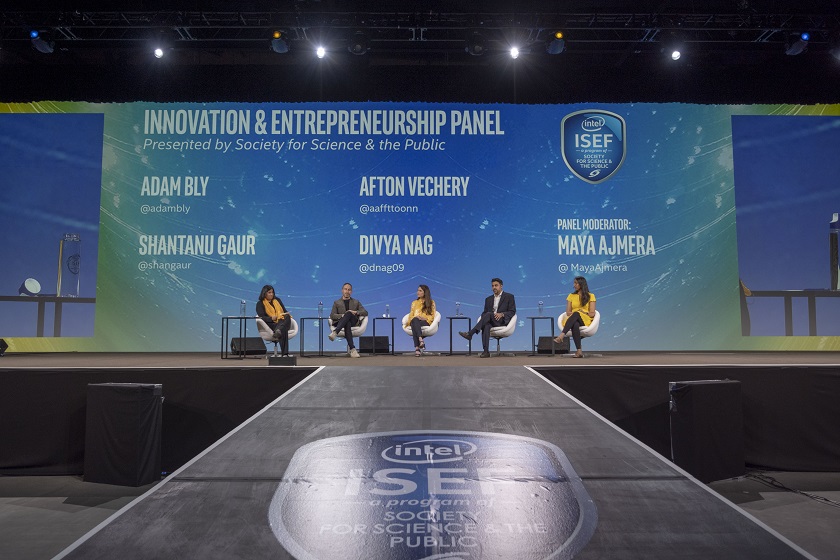
Not too long ago, the bright scientific minds who are currently reinventing weight loss, demystifying fertility, using Artificial Intelligence (AI) to solve critical world problems and taking health technology to the next level were finalists in the Intel International Science and Engineering Fair. On May 14th, Maya Ajmera moderated a panel about innovation and entrepreneurship with four Society alumni: Adam Bly (Intel ISEF 1998), founder of Seed Scientific (later acquired by Spotify); Afton Vechery (Intel ISEF 2005; STS 2007), cofounder and CEO of Modern Fertility; Shantanu Gaur (Intel ISEF 2003-2004), cofounder and CEO of Allurion Technologies; and Divya Nag (Intel ISEF 2007, 2009; STS 2009), founder of Stem Cell Theranostics and StartX Med. Both Divya and Adam also serve on the Society’s National Leadership Council.
Evident in the wide range of the panelists’ careers, entrepreneurship can take many forms. For this select group, their science fair experience is the common denominator to which they attribute their success.
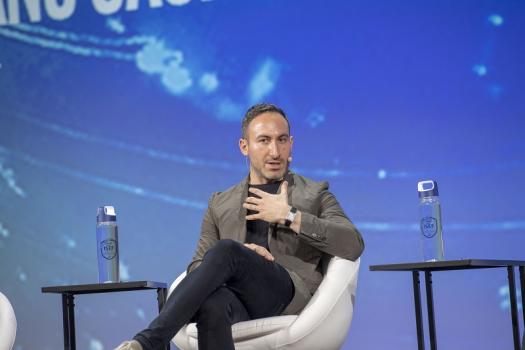
Photo courtesy of Society for Science & the Public/Chris Ayers.
Participating in Intel ISEF was a turning point in Adam’s life. “My passion for communicating science, advancing a scientific viewpoint to a public endured,” Adam recalled. This passion has now led him to start a new AI company to promote globalism and interpretability using science. Afton started a company out of her project in high school, willing her idea into existence. “I loved the presentation aspect, teaching others what I found. I’m constantly looking to replicate the ISEF environment wherever I go,” she said. Shantanu remembers how going to ISEF felt a lot like coming home. “I saw people who looked like me, had really long names like mine. That sense of belonging is really important, especially in entrepreneurship,” he noted. The confidence Divya gained from ISEF unlocked “the art of the impossible” for her. Interacting with other finalists showed her the value of finding like-minded peers that would support her entrepreneurial ambitions.

Photo courtesy of Society for Science & the Public/Chris Ayers.
With many finalists thinking about turning their research into businesses, the panel offered advice on making the jump from conducting science research in the lab to bringing ideas to market. Divya commented that a major part of the struggle is mental. She encouraged ISEF attendees to go ahead and “take the leap.” Afton emphasized the need to fundamentally understand the science first and have conversations with as many experts as one can, so that all those insights can be integrated into a plan. In fact, that’s how Afton herself became a de facto expert on fertility. Her company, Modern Fertility, is focused on making fertility information more accessible for women everywhere. In 2019, it was named Fast Company’s most innovative health care company in the world.
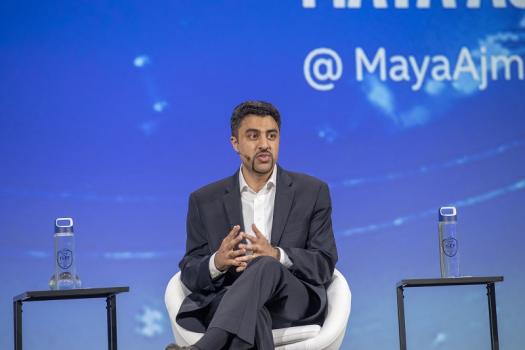
Adam and Shantanu both advised the finalists to surround themselves with great people. Additionally, Shantanu stressed the importance of addressing a problem that is a true unmet need. “Make sure you are solving a real problem. Too many entrepreneurs just focus on the solution,” he cautioned. For Shantanu, the problem he wanted to tackle was obesity. He founded his company while attending Harvard Medical School and its flagship product—the Elipse® Balloon—is the world’s first and only procedure-less gastric balloon for weight loss, which Shantanu is currently in the process of getting FDA approved.
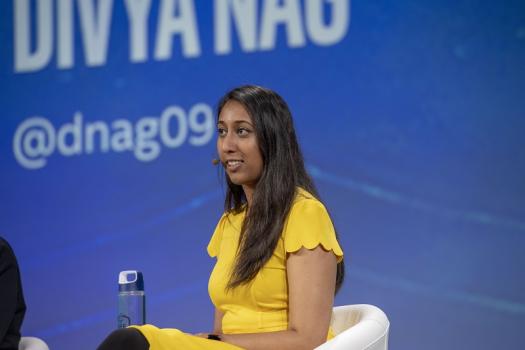
Similar to the way entrepreneurship can encompass a variety of activities, the journey to innovating is not the same for everyone. Divya, for instance, deviated from the traditional path of higher education and left Stanford in pursuit of her start-up. She currently works at Apple in their Health Special Projects group, helping people understand themselves better with technology. “As Mark Twain said, ‘I never let schooling get in the way of my education’,” she quoted. “I found what I was passionate about in 18 months rather than the typical four years. I couldn’t imagine doing anything else. Dropping out was the easiest and hardest decision I ever made.” Unconventional choices do not have to preclude success, as Divya demonstrates.
Looking ahead, entrepreneurship and innovation will play major roles in tackling the global challenges confronting humanity. Adam identified climate change as the most pressing concern and urged finalists in attendance to “be advocates for scientific thinking in society, advance that lens.” Both Afton and Shantanu pinpointed access to healthcare as a key problem, while Divya saw a need to address the growing inequities in the world. No matter the enormity of these issues, science has and will continue to empower ISEF participants to find solutions just like it did for these alumni.
